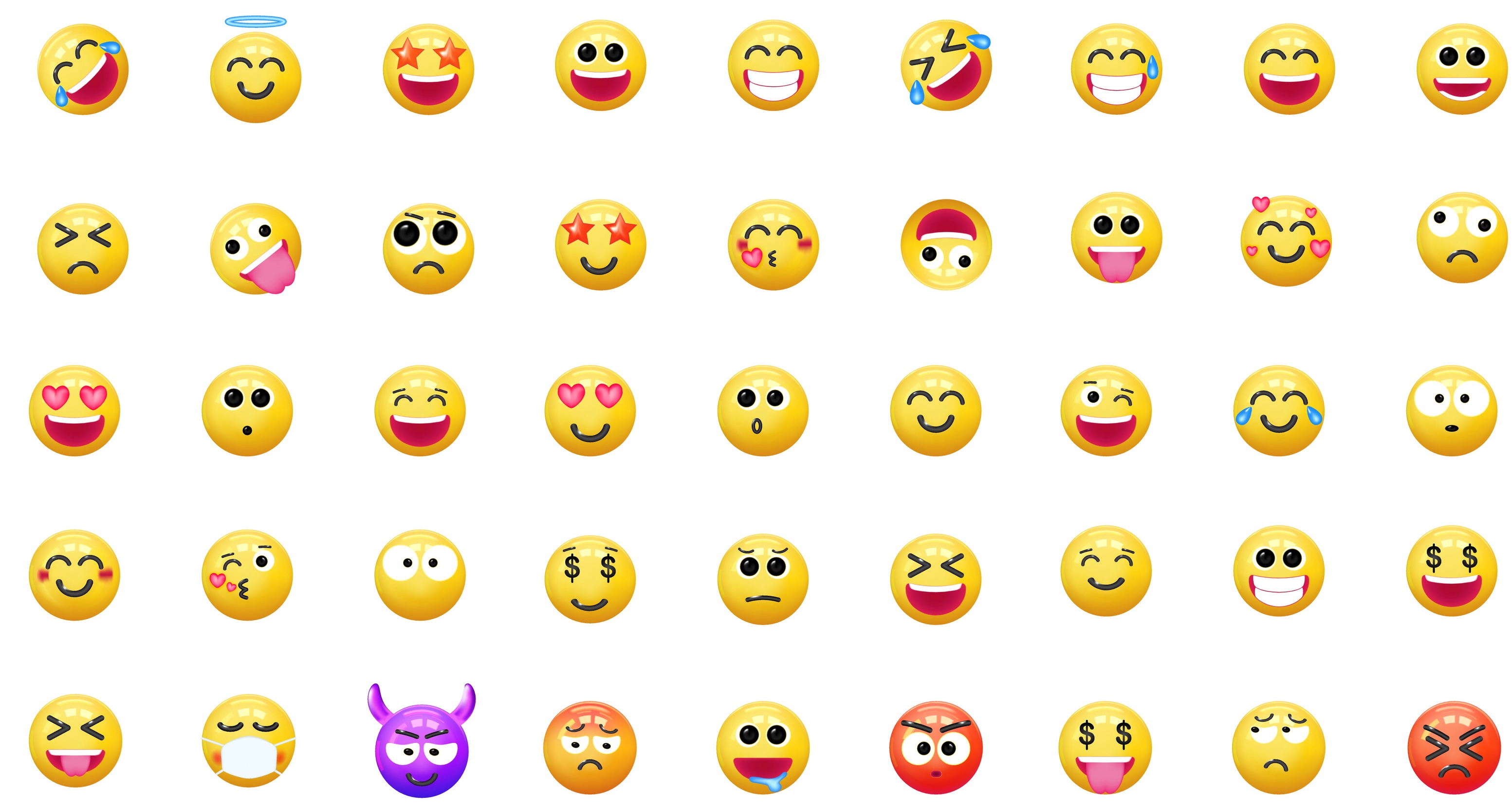Using visual linguistics in consumer research
Editor’s note: Maria Vorovich is chief strategy officer at Denver-based research company GoodQues.
You’ve heard the phrase, “This meeting could have been an e-mail.” Now consider: “Could this e-mail have been an emoji?”
A 💯 offers immediate reassurance as an SMS; as of 2023, it can be the symbol that seals a business deal. An executive’s e-mail with a 😊 immediately exudes their mood in a way full sentences can’t. The effect of a Homer-disappears-into-shrubs GIF from a coworker in Slack sets the tone for the rest of the content to come.
With modern digital speak, you, me, we are utilizing the full scope of visual linguistics – for casual and transactional discussions. And business discussions are no longer the exception.
In fact, symbols and images are gradually more crucial for effective business communication, often conveying deeper meanings than words alone. As our attention spans dwindle in this rapidly moving world, communicating more meaningfully becomes increasingly essential.
This isn’t opinion: according to recent studies, the human brain processes visual information 60,000 times faster than text. Moreover, research suggests that visuals can enhance memory retention by up to 65%, emphasizing their long-lasting impact. This increased speed of comprehension is crucial in a business world where information overload is a constant challenge.
Knowing that memes, GIFs and emojis can lead to a monumental shift in human and business communication, why aren’t executives and entrepreneurs mimicking natural language patterns and using memes, emojis and GIFs in their consumer research and insights work?
Traditional surveys (for example) don’t take the time to weave in symbols from digital nomenclature into the question design, when IRL these elements populate an outsized portion of our lexicon. How can we preach the promise of more human brands when businesses refuse to speak humans’ preferred language? Business leaders: it’s ⏰. Because integrating emojis, memes and GIFs into your market research is paramount in a culture transformed by digital natives.
Today is the day you speak to them in their language, for results that speak YOUR language: informed decision-making, targeted marketing efforts and bottom-line impact.
Get started 🏁: Here are your motivating factors for applying digital speak in market research and insights, and how to get started.
Apply memes in a way that emboldens respondents to say the unsayable 🗣
Even with the assurance of anonymity in surveys, people may still be inclined to answer with inauthentic information. This happens when people practice self-preservation, choosing to omit truths that may reflect poorly on their ego. We see this often in taboo topics such as sexual health, alcohol consumption and even green environmentalism.
Memes are a powerful tool for giving voice to the often-unsaid thoughts and feelings within society; they encapsulate complex emotions and opinions concisely, allowing people to package brand commentary, ego-driven admissions and other anthropological discourse into digestible, humorous sound bites that feel OK to share and reshare. Memes are shared at an astonishing rate, and memes on social platforms typically generate higher levels of engagement than any other type of content.
This behavior translates to your consumer research too. The next time you are trying to understand a respondent’s authentic perspective, consider requesting their recent engagement with memes, specifically the last 10 they either liked or shared with their social circle. Doing so has the potential to yield insights far beyond what you might expect.
Use GIFs to minimize social desirability bias in research 👎
In a world driven by social expectations, research respondents may be hesitant to disclose information that goes against perceived societal standards. This phenomenon is called social desirability bias and is defined by individuals who tend to respond to survey questions in a way they believe is socially acceptable rather than truthful. A study by the National Center for Biotechnology Information suggests that the fear of judgment or the desire to present oneself in a favorable light can contribute to dishonesty in survey responses.
GIFs can be an antidote that can counteract this behavior; GIFs signal to respondents that it is OK to answer in an honest way beyond social norms. In your next qualitative discussion, consider introducing a GIF or GIFs and asking respondents to respond to it. Have they seen it before? Has it been shared with them by anyone? If yes, who shared it? What was their intent?
This process can be surprisingly impactful at helping to avoid the trap of groupthink and “no duh” data.
Tap into emojis to help respondents share their emotions 💞
Emojis are the way we express emotions in the digital age. Incorporating emojis in research surveys not only adds a touch of contemporary communication but also proves to be a valuable tool in eliciting colorful emotional responses. According to a study by Adobe, 54% of respondents found it easier to express their feelings through emojis than through text alone. I’ve witnessed the same effect in my day-to-day work life, too. In a recent GoodQues study, respondents commented, “I liked that there was a variety of emojis [to choose from] rather than just a [traditional] scale. It made [the experience] more … personalized. My emotions were able to be clearer.”
In your next survey, help your respondents make sense of their feelings by using emojis rather than words. You can use this with open-ended questions, scales or even multiple choice.
Memes, emojis and GIFs are past the novel and frivolous phase. Business leaders must be mindful of changing communication patterns so that they can design research questions that encourage more genuine answers and more actionable data.
A survey question that “could have been a meme” might become an insight that “could have been a fortune.” 💸
